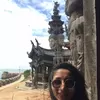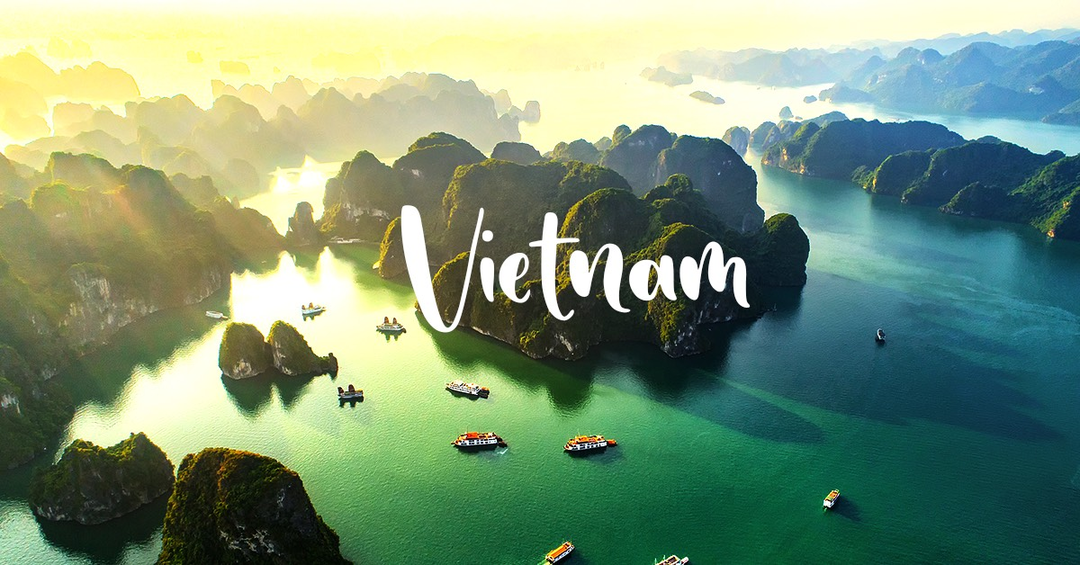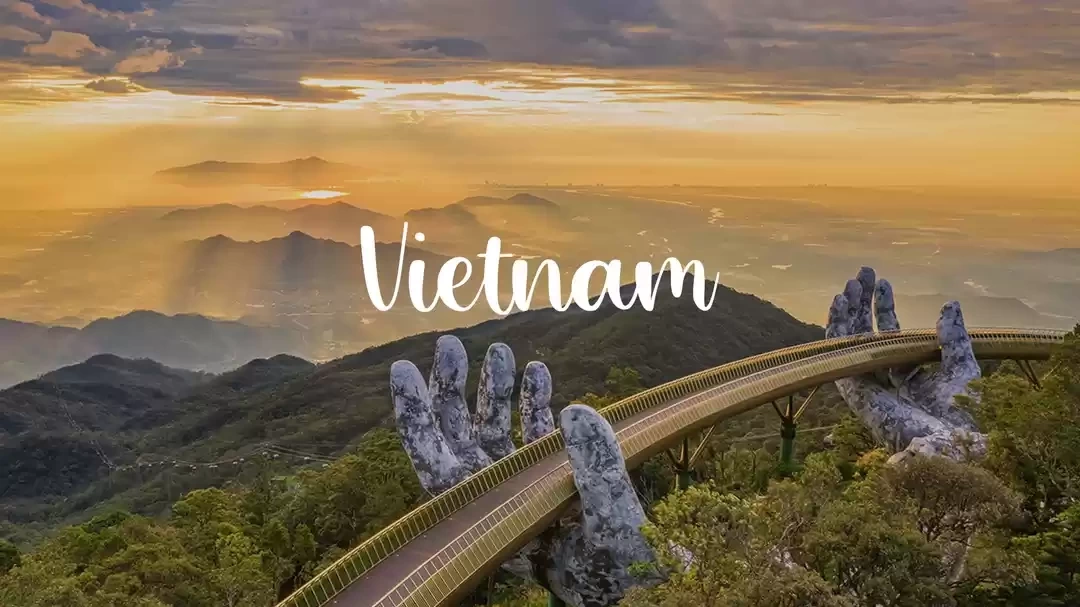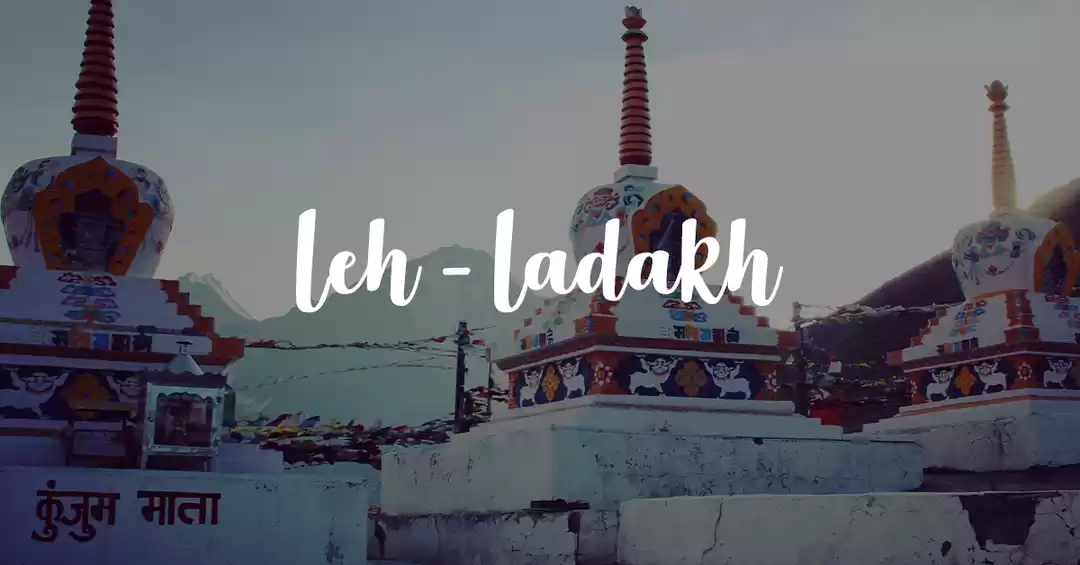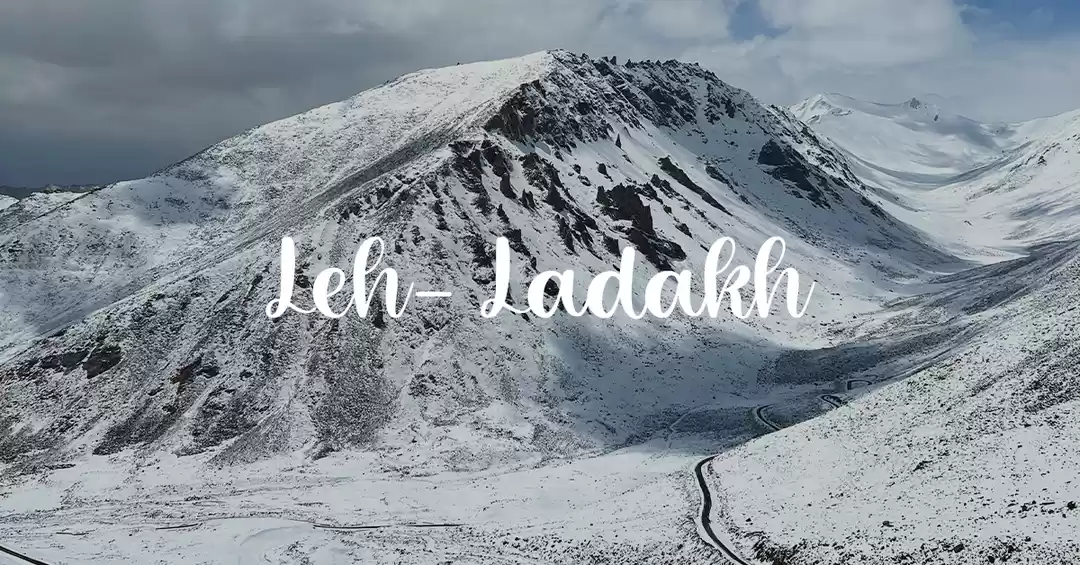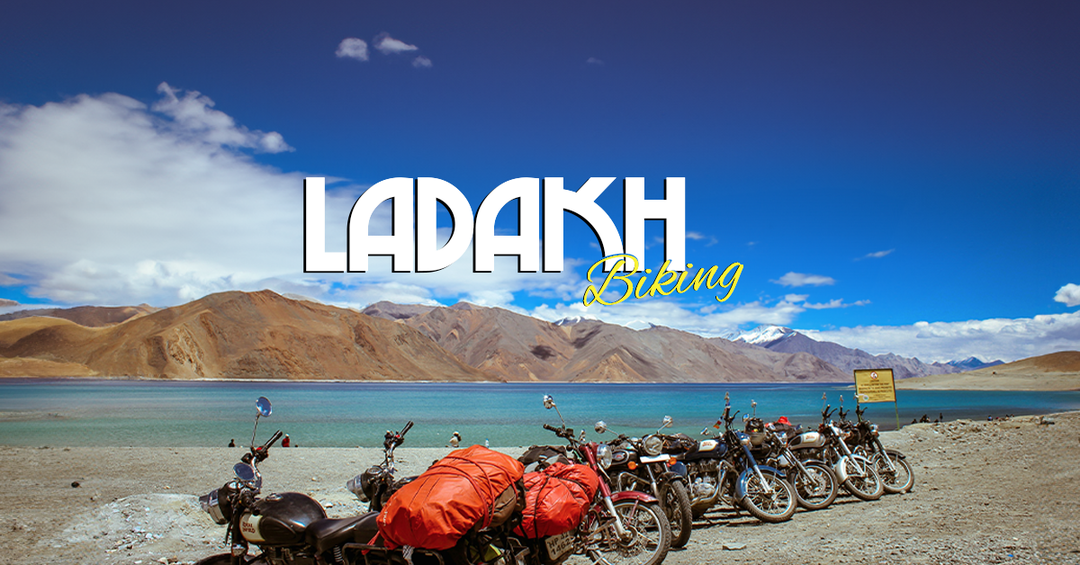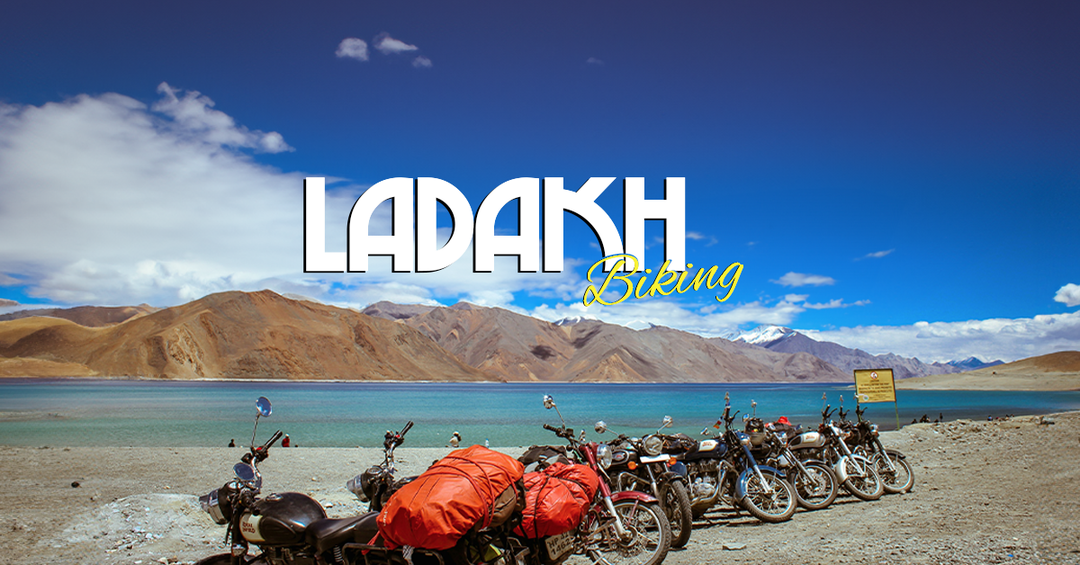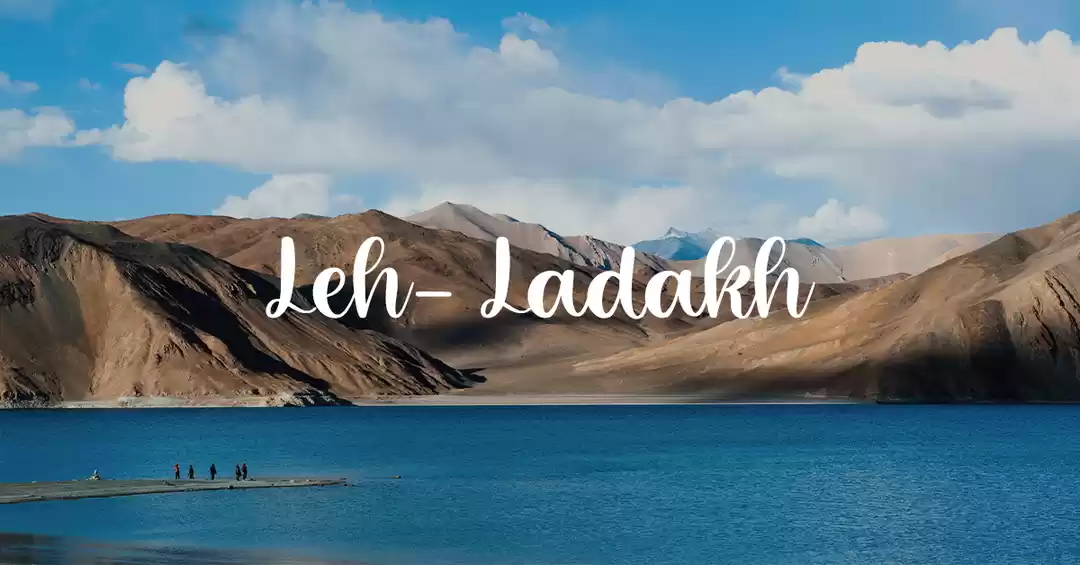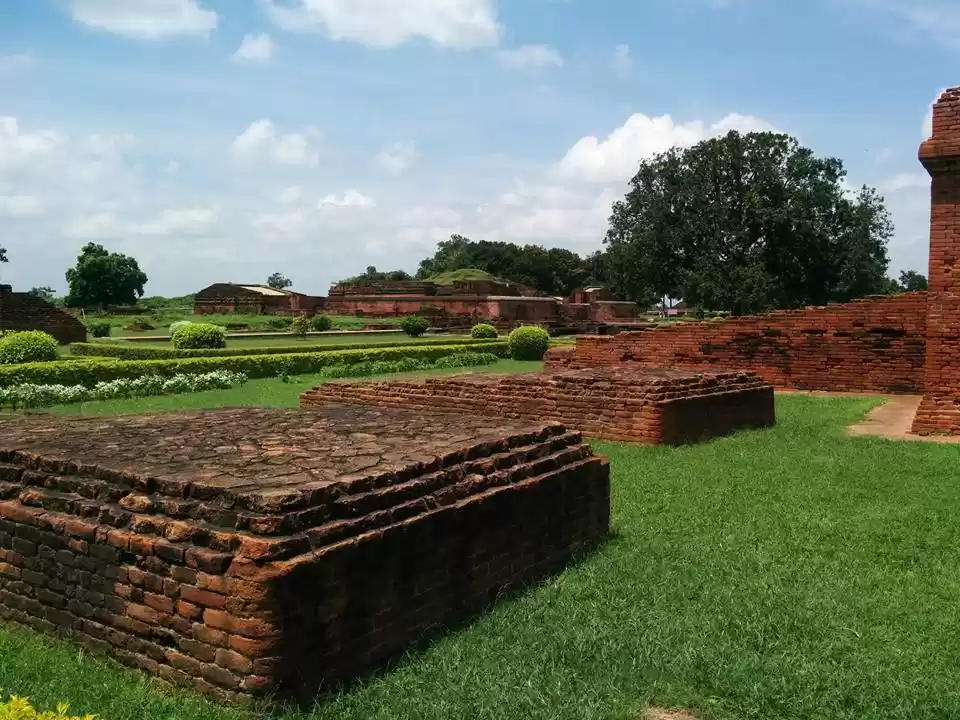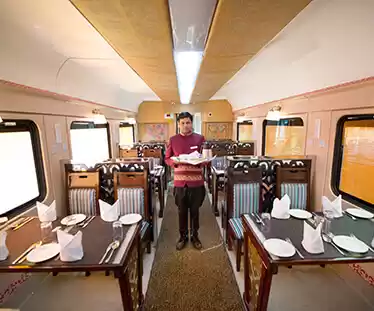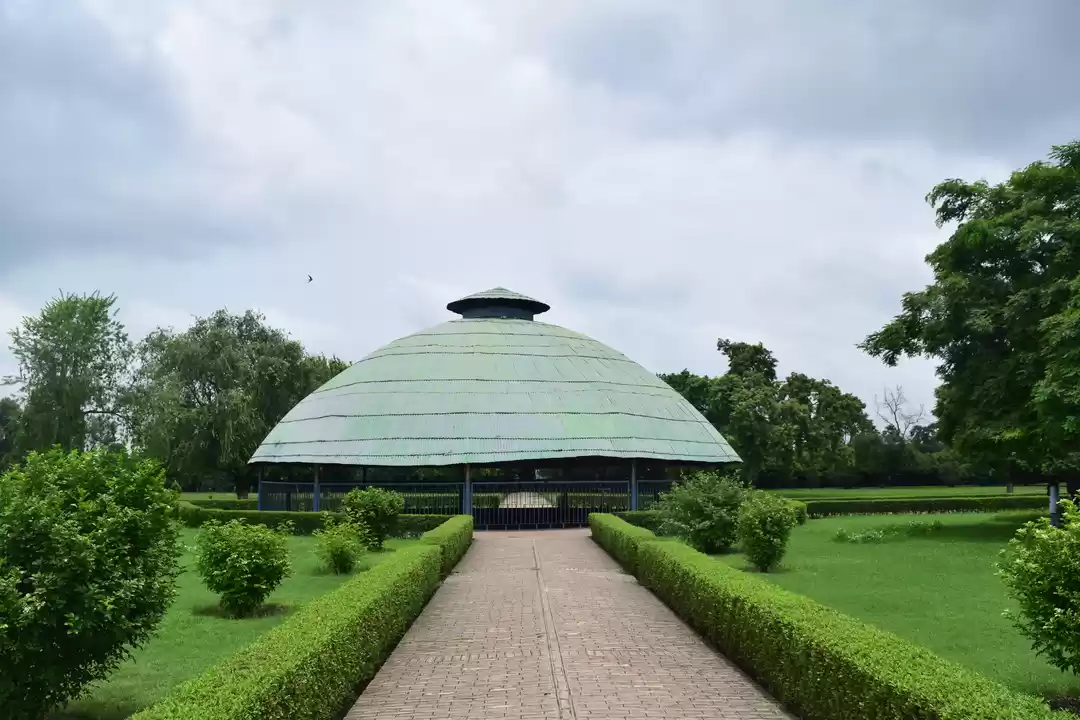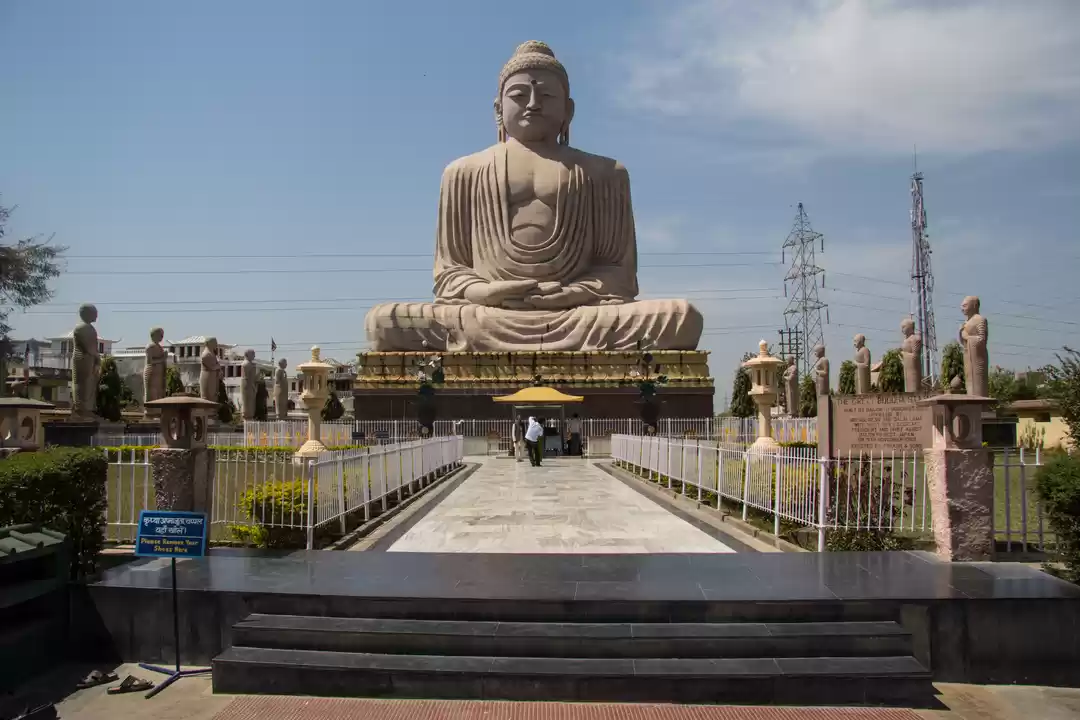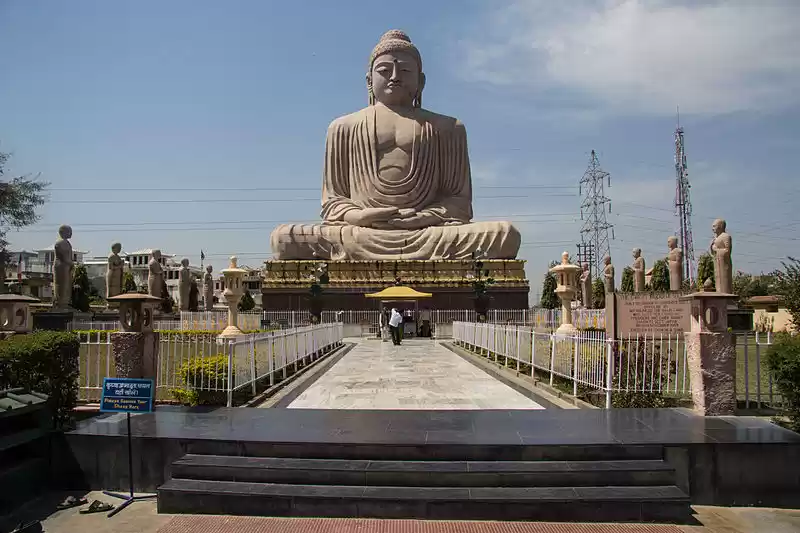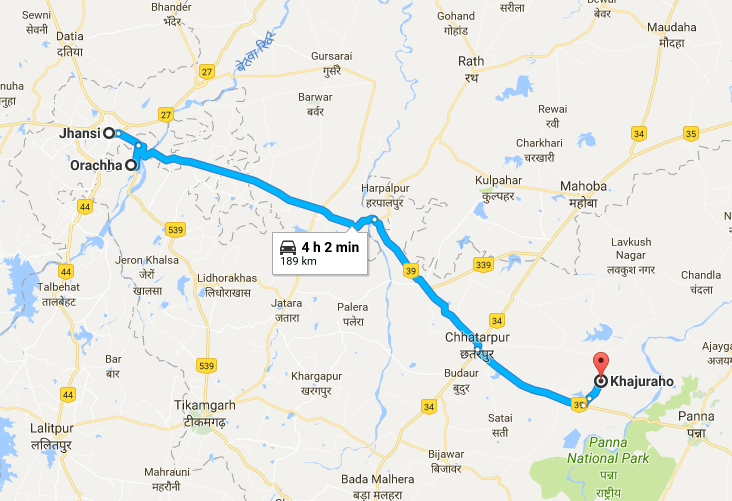

Scientists and saints have bickered over centuries. Given existentialist spectrums (the bondage by cause and effect (karma) or astrology (your life designed by you from the cave of creation or your karma or both or whatever); to freedom (through ascended masters and the law of attraction, etc. etc.), why a pilgrimage?
The reason is Dharma, the nature, of what the mind contains. Buddha’s greatest gift to humanity is the re-discovery and teaching of the practice of Vipassana. Vipassana, purifies the mind and keeps it pure through practice.
Purity is the absence of contamination. The truth is to be known, to be lived, to be given your own form and expression. And the truth is, the nature, of what the mind contains.

A Buddhist Pilgrimage tour circuit in India must contain the following places associated with The Buddha.
1. Lumbini where he was born (the site is in Nepal)
2. Bodh Gaya where he attained insight
3. Sarnath where he launched the “wheel of dhamma”, began teaching.
4. Kushinagar where he died, attained mahaparinirvana.
Other than these, places which come along the journey include.
Rajgir where he came to learn, and returned to share.
Nalanda a university where he taught
Vaishali where women were admitted to the Sangha
Sravasti where he taught for 24 years
Kapilavastu where Siddhartha Gautama spent the first thirty years of his life
Sankasya the place where the Buddha returned to earth after his death

• The Buddhist Circuit lies in some of the highest crime areas of UP and Bihar, so it is best not to travel intercity after the sun has set. Other than this caution, it is a circuit that brings together a potpourri of small town India.
Time
If you are just going to travel this route once, then I would recommend twelve days Delhi to Delhi.

Recommended add ons for one time travellers to India.
This Circuit is to be savoured,
1 to 2 days Agra Taj Mahal, Fathepur Sikri, do a heritage walk and taste the petha and dal-moth
1 day Khajuraho for sensual temples
1 day Varanasi Boat ride and Aarti
2 days Jaipur City Palace, Amber Fort, Abhneri Baori and Local Shopping
4 to 5 days Dharamshala and Amritsar The Dalai Lama, The Golden Temple.
Getting around
The gateways to the Buddhist Circuit are Varanasi and Lucknow. The quickest convenient cost effective way to travel on this circuit is in a private vehicle with a guide, and only travel Delhi to Varanasi or vice versa by flight or overnight train. However you can also do this journey using local bus and train services. The entire sector is well aligned to the needs of pilgrims and tourists from around the world. Most material and religious needs will be well served.
What to see and do - The Itinerary
Day to day descriptions provide some background of why we do what we do each day. However please do research in detail before taking this itinerary, one of the most fascinating journeys of India.

1 Varanasi – Sarnath – Varanasi
Situated on the left bank of the holy river Ganga, Varanasi is traditionally regarded as the eternal city. Its antiquity can be traced back to the first millennium BC. This morning travel north of Varanasi to Sarnath, where Siddharth Gotama preached his first sermon after attaining enlightenment and becoming a Buddha. The 34 meter high Dhamekh Stupa marks the spot where the Master first preached. The ruins of monasteries, built more than 2000 years ago. At Sarnath stands the famous Ashoka pillar of polished sandstone whose lion capital has been adopted by the Republic of India as its state emblem. A modern Sri Lankan temple contains Japanese Buddhist paintings. In the evening, participate in the evening prayers and chanting.

2 Varanasi – Bodh Gaya (7 hours)
Leave this morning for Bodh Gaya and on arrival check-in to the Hotel. Bodh Gaya is the most important place of pilgrimage of Buddhism. Bodh Gaya lies in fertile lands watered by the Nairanjana (Phalgu) river. Across the river more than 2500 years ago, the young ascetic Siddhartha, gazed at the serene landscape of the Uruvela village (modern Bodh Gaya). The tree under which Buddha attained wisdom is called the Bodhi Tree.

3 Bodh Gaya
Set amidst verdant lawns is the magnificent fifty two meter tall Mahabodhi Temple. A chamber on top houses a figure of Mayadevi, the Buddha’s mother. Outside in the sunken courtyard stands the fifth generation Bodhi Tree. Seven spots within the temple are sacred because it was at each of these spots the Buddha stayed a week meditating after attaining Enlightenment. Bodh Gaya is quite an international town with monasteries, guesthouses, meditation centers and Buddhist temples from different countries. The Archaeological Survey of India has a small museum located nearby which houses antiquities evacuated in and around Bodh Gaya. The Tibetan, Thai Japanese, Korean and Chinese built temples in recent times.

4 Bodh Gaya – Rajgir – Nalanda – Patna (16 hours)
Enroute to Patna we visit Rajgir and Nalanda. At the time of the Buddha, Rajgirit was the capital of the Magadhan kingdom ruled by the virtuous King Bimbisara. The Buddha spent five rainy seasons at Rajgir. The hills and caves surround Rajagirha was home to spiritual teachers ranging from the materialism of the early Charavaka school to the metaphysics of the Upanishadic philosophers. Off the main road toward the south is the Griddhakuta Hill, where in the rock-cut caves here he Buddha spent time meditating. A few kilometers away is Venuvana Vihara, the first offering of King Bimbisara to Lord Buddha. Nearby is the Karanda Tank where the Buddha bathed. On the hills above are the Pippla Caves where the First Buddhist Council, six months after the Buddha’s Mahaparinirvana was held here.

Nalanda was the most renowned university in ancient India. Admissions were extremely coveted, and only two out of ten eminent scholars was admitted. Lord Buddha and Lord Mahavira (the last Jain Tirthankara) both taught here. The Buddha came to Nalanda often and stayed at Setthi Pavarika’s mango grove. Two of the Sakyamuni’s chief disciples, Sariputra and Maudgalyayana came from the vicinity of Nalanda. Sariputra, considered foremost in wisdom attained Nirvana here.

5 Patna – Vaishali - Kushinagar (16 hours)
Enroute to Kushinagar, one can visit visit Vaishali, where five years after his Enlightenment, the Buddha was received here by the Lichchavi nobility. The road is across the long bringe over the Ganga, Vaishali was one of the first republican states in the world. It was in Vaishali that women were for the first time ordained into the Sangha. A relic casket containing the ashes of the Buddha found here are now housed in the Patna Museum. Amrapali, the famous courtesan, earned the respect of the Sangha and a place in history with her generous donation. Vishali is also renowned as the place that the Buddha delivered his last sermon following a serious illness. Here is located the Relic Stupa, where the Lichchavis reverently encased one of the eight portions of the Master’s relics they received after the Mahaparinirvana.

Kushinagar was the capital of the Malla republic. Here the Buddha chose to leave his corporeal body at the Sal grove on the banks of the Hiranyavati river. People flocked to pay obeisance to his earthly remains for six days. On the seventh day, his earthly remains was bedecked with flowers and taken in procession to the accompaniment of music. The reverend bhikshu Mahakashayapa lit the funeral pyre at Muktubandha Vihara, the site now marked by the Rambhar Stupa. The Mahaparinirvana Temple, which stands amidst a serene Sal grove, enshrines a six meter statue of the Buddha.
One can stay in Gorakhpur, which is about 30 minutes away, or in Kushinagar.

6 Kushinagar (Gorakhpur) – Lumbini (4 hours)
Leave this morning for Lumbini. Lumbini is the birth-place of The Buddha. Lumbini being in Nepal, formalities of the India/Nepal Immigration have to be completed. (Remember to get double/multiple entry visa for India. For Nepal Visa formalities additional US $ 25 per person + 2 passport size photographs).
Visit the Maya Devi Temple and the tank nearby are part of the sacred complex. There are two beautiful panes in the temple, the older one in stone and the other in marble. Three hundred years after the mahaparinirvana, Emperor Ashoka visited Lumbini and erected a pillar there now know as the Rummendei Pillar. Evacuations have revealed a series of rooms and a stone slab, which is now believed to mark the exact location at which the Buddha was born.

7 Lumbini – Kapilavastu – Sravasti (8 hours)
Leave this morning for Sravasti. Enroute visit Kapilavastu. In the eastern Stupa an inscription was found dating to the Kushan period. A kilometer and a half away are two excavated mounds, the larger thicker walled structure which is believed to be Suddhodana’s palace.
Also read: shravasti
Sravasti, capital of the Kosala dynasty, was the largest town in the Gangetic plains during the time of the Buddha. Re-discovered in 1863 AD by Cunningham, the site now contains a modern Sri Lankan temple with some of the best contemporary Buddhist paintings found in India. In Sravasti the Master expounded a major part of the Tripitakas, and performed the only miracle of his life. There are various stupas and the ruins of ancient monasteries.

8 Sravasti – Lucknow (5 hours)
This morning, one can meditate at Sravasti. See Angulimals’s Stupa, the Jetvana Gardens, Anand Bodhi Tree and the Sri Lankan temple with its paintings.
In the afternoon we can leave for Lucknow.

9 Lucknow – Sankasya (Sankisa) – Delhi (14 hours)
Enroute to Delhi (or Agra), this morning, we can visit Sankasia, where it is said Buddha descended from heaven after preaching the Abhidhamma Pitaka in Tavatimsa. The gate of Sankassa is one of the "unchangeable" spots of the world (avijahitatthanam). All Buddhas apparently enter the world of men here, after preaching the Abhidhamma.
Entrance fees: Rs.1000 per person approximately
Opening hours: Most religious places open at sunrise. Reach any spot latest by 3 pm.
Closed on: No closed days.
Getting there
This itinerary, which can be done in the reverse, covers most of The Buddhas’ Life. Gaya is served by flights from Delhi and Varanasi, as well as limited international scheduled flights. Varanasi and Lucknow are well served by flights and railways.
By air: Delhi, Varanasi, Lucknow and Gaya are international airports.
By train: Check the trains between stations at the National Train Enquiry System. https://enquiry.indianrail.gov.in/ntes/
By road: The itinerary is over 1700 km
When to go
November through February are the coolest months, however this circuit is available around the year. During the hot months of May, June and July and even till the end of September, hotel costs can come down by over 50 percent compared to the months of October through April..
Costs
Rs. 45,000 approximately per person including accommodation in a 3 star type hotel, all meals, sight-seeing, entrance charges, an accompanying guide and transport from Delhi to Delhi by tourist taxi and A/c II tier (or similar type available) train ticket.


